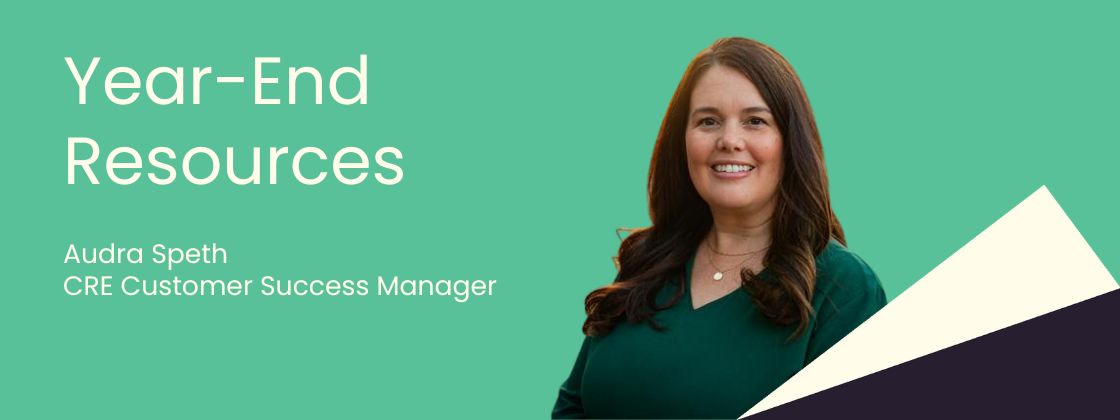As the professional services landscape continues to evolve, accounting teams are facing a pivotal moment in how they manage growth, profitability, and operational efficiency. Jurgen Utess, Head of the Professional Services Industry Vertical at Sage, offers a deep dive into the trends shaping the future and how firms can leverage technology to stay ahead.
From growth to profitability: a strategic shift
In the years following the pandemic, professional services firms experienced rapid expansion. Headcount grew, revenues surged, and demand for remote work solutions fueled double-digit growth from 2021 through 2023. But as macroeconomic uncertainty sets in, the focus has shifted from aggressive growth to strategic profitability.
Firms are now prioritizing project margins and becoming more selective about the work they take on. Operational inefficiencies have become more visible, with billable utilization dropping from 73% in 2021 to under 70% in 2024, and on-time delivery rates falling from 80% to 73%. These trends suggest that many firms are struggling to execute projects efficiently, which directly impacts the bottom line. At the same time, talent challenges and slower headcount growth mean firms must do more with the teams they already have.
Despite these hurdles, there’s a silver lining. Deal pipelines have grown, signaling renewed opportunity in the market. The challenge now is to identify the right projects and deliver them with precision—on time, within budget, and with minimal overhead.
AI’s expanding role in service execution
According to the SPI Research Report, nearly half of professional services executives see service execution as the biggest opportunity for AI, far surpassing finance, operations, or client relationships. Yet only 19% currently use AI in that area, revealing a significant gap between perceived potential and actual adoption.
AI is already making an impact in areas like client research and project deliverables. In fact, 41% of firms now offer AI-related services to clients. But the real opportunity lies in using AI to improve how projects are delivered, who gets assigned, how timelines are managed, and how risks are flagged early. This is where firms can gain a competitive edge.
Purpose-driven AI and integrated workflows
Sage has long embedded AI into its products, well before the current hype. Tools like Sage Intelligent Time automate time entry by analyzing calendars and files, turning tedious tasks into quick approvals. Outlier detection in the general ledger and variance analysis help surface anomalies and trends across vast datasets, enabling smarter financial oversight.
However, AI alone isn’t the answer. Jurgen emphasizes the importance of workflow integration. AI must work within existing systems to be truly effective. Copy-pasting into chatbots isn’t scalable or secure. Instead, firms should focus on connecting systems and embedding AI into daily operations. Even tools without AI, like Sage’s Project Intelligence, can deliver immense value by overlaying finance and resourcing data to reveal profitability down to the employee level.
With Sage Intacct PSA, firms can predict project risks, suggest staffing adjustments, and map skills to project types for smarter resource allocation. By connecting CRM systems like Salesforce, firms can forecast future work based on win rates and plan hiring accordingly. This forward-looking approach transforms utilization into a strategic asset, leading to better bids, more accurate estimates, and improved margins.
Companies that invest in integrating their tech stack and aligning processes across departments consistently outperform their peers. They achieve better profits, higher margins, and greater efficiency regardless of economic conditions. Whether facing tariffs, pandemics, or market shifts, firms with unified data and agile tools are better equipped to adapt and thrive.
Customer spotlight: Entech Staffing Solutions
Rachel Minikel, a seasoned professional with over a decade in public accounting, now serves as the financial leader at Entech, a women-owned staffing firm with three operating entities. Her journey from CPA to controller offers a powerful example of how the right technology can transform operations.
When Rachel first worked with Entech, they were juggling three separate QuickBooks Desktop files, manually consolidating financials and allocating invoices across entities. The process was time-consuming and error-prone. Recognizing the inefficiencies, she introduced Entech to Alta Vista and helped them transition to Sage Intacct. The result was a dramatic improvement in reporting, consolidation, and scalability.
“Once everything was in one place, all those pain points just went away,” Rachel shared. “Now I’m on the other side, working in the tool, and I don’t have to deal with that manual effort anymore.”
Since adopting Sage Intacct, Entech has grown by 43% across all three entities without worrying about outgrowing their systems. Rachel now focuses on budgeting, forecasting, and cash flow management with ease. “I love the reporting. I can slice and dice data by business and location, and deliver insights in minutes. It’s empowering.”
Her advice to other firms? “Think about what you’re doing day-to-day that isn’t adding value. Find the tool that solves those pain points. For us, it was the accrual-to-cash conversion and consolidations. Now I can help others make decisions and be successful at their jobs.”
Getting started: advice for firms making a change
For firms evaluating new accounting processes, Jurgen recommends starting with visibility. Establish baseline financial metrics and compare them to industry benchmarks using resources like the SPI Research Report. Implement a financial management system that can produce the numbers you need, and quickly add time tracking to improve accuracy and billing.
Tools like Sage Intelligent Time and Project Intelligence offer fast deployment and immediate impact. For firms with larger teams, integrating a resource management solution like Sage PSA can unlock deeper operational insights and forecasting capabilities. And because Sage integrates with hundreds of business applications, firms don’t need to overhaul their entire tech stack to benefit. They can build around what already works.
Ultimately, it all comes back to having a strong financial core. With Sage Intacct as a central hub, firms can unify their data, surface insights from across systems, and drive smarter decision-making at every level.
2025 is shaping up to be a year of recalibration for professional services firms. The winners will be those who embrace AI with purpose, align teams around integrated data, and prioritize profitability through smarter execution. With the right tools and strategy, accounting firms can not only weather economic shifts, they can thrive in them. Want to lear more about how you can start you accounting transformation? Book time with us today to take the first step!
The right foundation for your next stage of growth
Our team of experts is here to help guide you every step of the way. Let’s start your ERP journey today!





